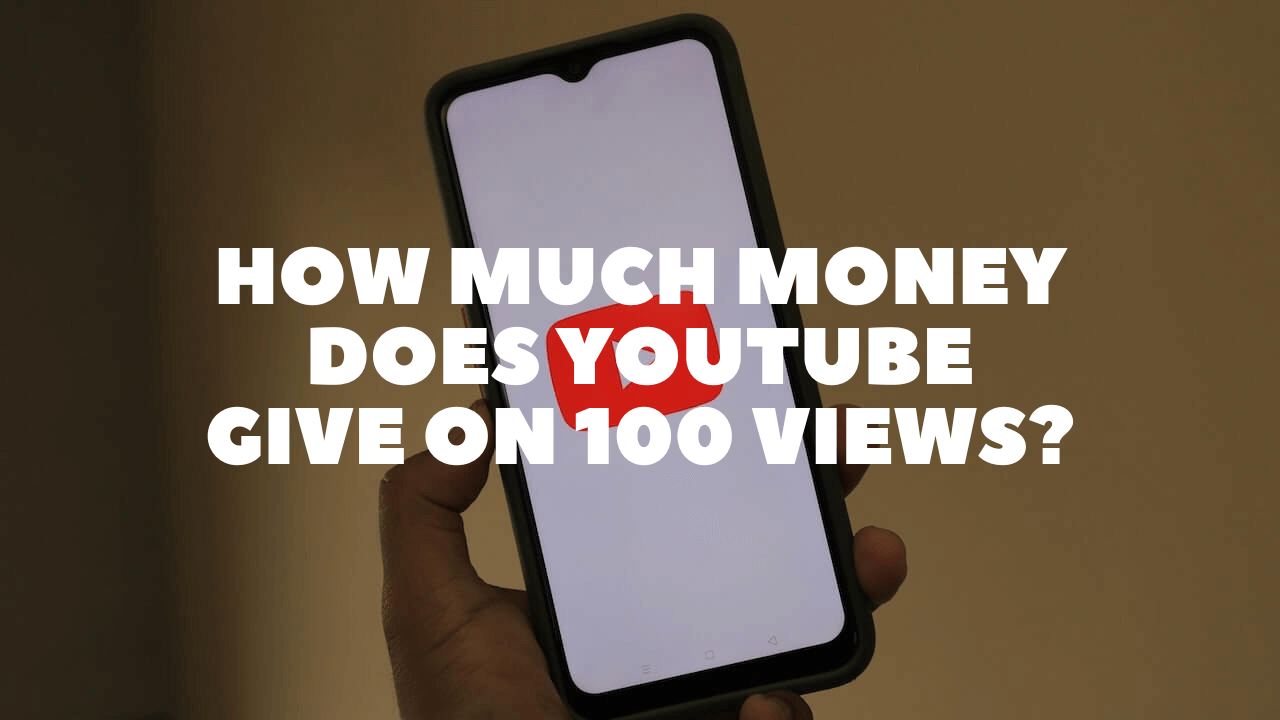YouTube has become the go-to platform for content creators worldwide and also counts as a social media. With over 2 billion logged-in users per month, it offers a unique opportunity to reach a vast audience. Monetizing this reach through the YouTube Partner Program has been a lucrative avenue for creators. But, the platform doesn’t simply hand out checks for every view. The intricacies of its monetization scheme are much more nuanced.
YouTube Revenue: The 100-View Myth
There’s a popular myth that YouTube pays per view, leading to many wondering, ‘how much does YouTube give for 100 views?’ In reality, the revenue structure is more complex. YouTube earnings depend on several factors, including video watch time, engagement, the audience’s geographic location, and the nature of the content, among others.
What Influences YouTube Earnings?
The first factor influencing YouTube earnings is the audience. A creator’s audience demographic plays a significant role in monetization. For instance, advertisers might pay more to target viewers in countries with higher purchasing power like the US or Canada.
The content type also matters. Advertisers will pay more for ad placements on videos that align with their target demographic. A technology company might pay more to advertise on a tech review channel than a cooking one.
Engagement metrics such as likes, comments, and shares are essential. More engagement signals to YouTube that your content is valuable, potentially attracting more premium advertisers.
Exploring the YouTube Advertising Ecosystem
YouTube primarily earns money through ads, which means the advertising ecosystem directly influences creator earnings. There are several types of ads on YouTube, including display ads, overlay ads, skippable and non-skippable video ads, and more. Each has a different impact on revenue.
Advertisers bid for these ad slots in an auction, with the highest bidder getting the spot. This is why ad revenue can vary greatly from one video to another. In some cases, a video with 100 views could earn more than a video with 1000 views, simply because of the type of ad and the advertiser’s bid.
CPM (Cost Per Mille) and RPM (Revenue Per Mille) Explained
To understand YouTube earnings, we need to talk about CPM and RPM. CPM refers to the cost advertisers pay for a thousand views of their advertisement. On the other hand, RPM (Revenue Per Mille) refers to the total revenue a creator earns per thousand views.
For example, if your CPM is $1, an advertiser pays $1 for their ad to be shown 1000 times on your video. However, YouTube takes a 45% cut, leaving you with an RPM of $0.55. This means that for 100 views, you would earn roughly $0.055, assuming all views were monetized.
The Role of YouTube Premium
Not all YouTube earnings come from ads. YouTube Premium, the platform’s subscription service, provides another source of income for creators. Premium users pay a monthly fee for an ad-free experience, among other benefits. A portion of this fee goes to creators, distributed based on the amount of watch time they receive from Premium users.
Understanding YouTube Earnings: Real-World Examples
Consider two YouTubers, A, and B. YouTuber A makes gaming content for a global audience, while YouTuber B creates tech reviews for a US-based audience. Even with the same number of views, YouTuber B might earn more due to higher CPM rates from US advertisers and a more targeted demographic.
Maximizing Your Earnings on YouTube
Increasing your YouTube earnings isn’t just about amassing views. Boosting your CPM and RPM, improving viewer engagement, and building a loyal audience are all crucial. Effective strategies include creating high-quality, engaging content; targeting the right keywords for SEO; and promoting viewer interaction through likes, comments, and shares.
The Potential Pitfalls of Relying on YouTube Revenue
While YouTube offers an exciting platform for creators to earn, it’s essential to note its unpredictability. Factors such as changes in advertiser spending, fluctuations in CPM, and even updates to YouTube’s policies can significantly impact earnings. Hence, diversifying income through merchandise sales, sponsorships, or Patreon can provide a more stable income.
Conclusion: Is 100 Views Worth It?
So, how much does YouTube pay for 100 views? The answer, unfortunately, is not straightforward. The potential earnings can fluctuate wildly based on several variables. However, understanding the factors that influence this can help maximize your potential earnings. As the digital landscape continues to evolve, so will the opportunities for creators on YouTube.



